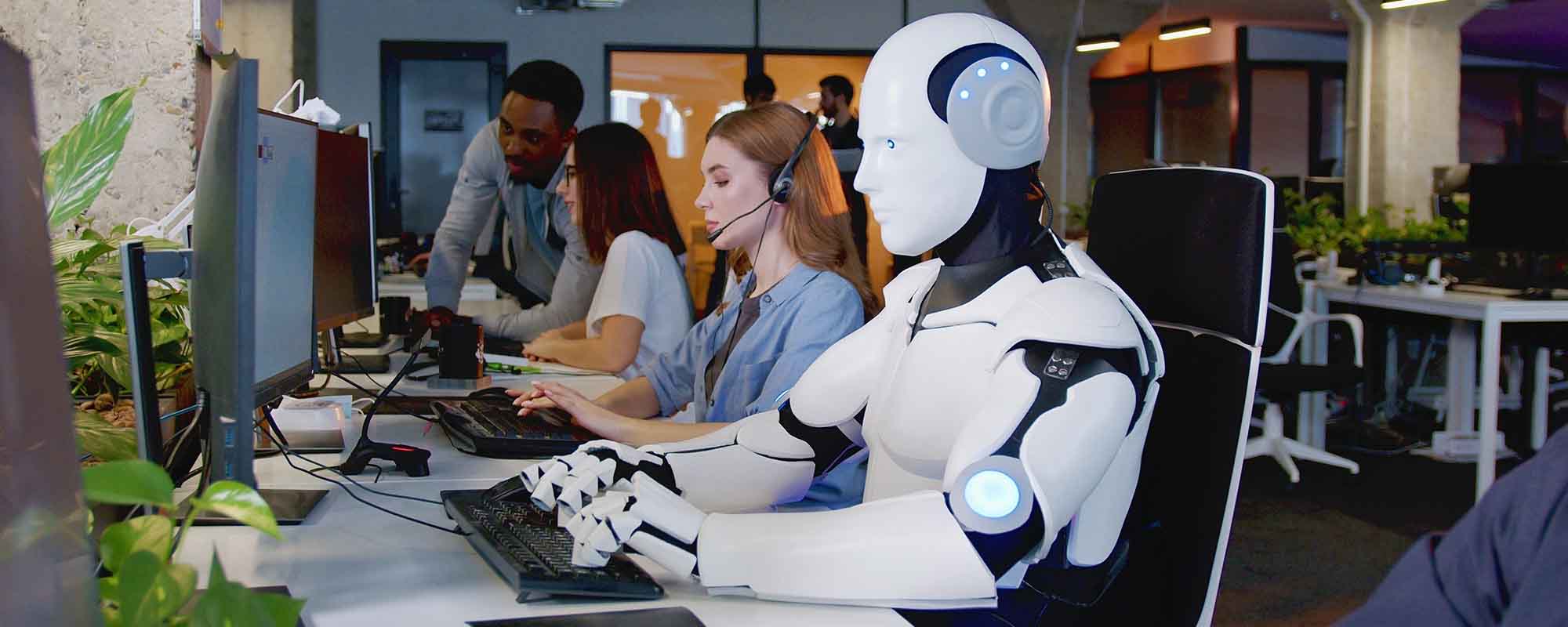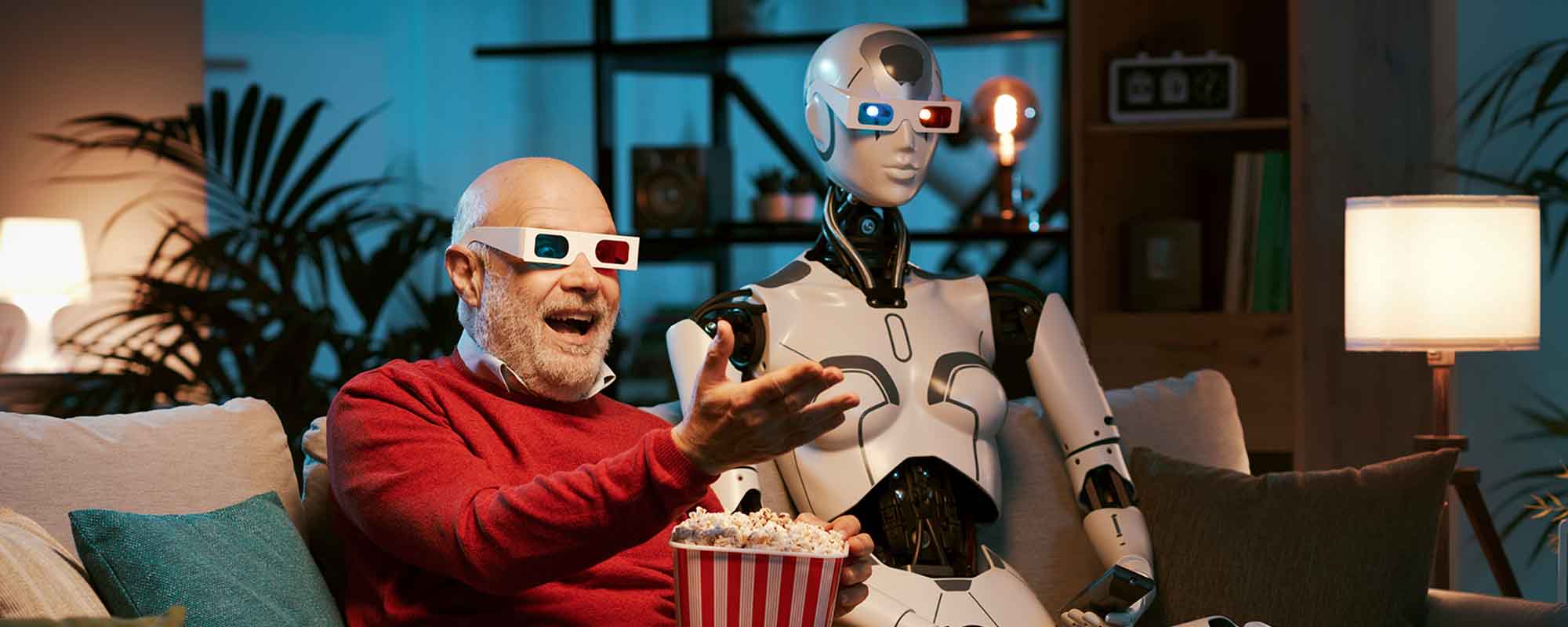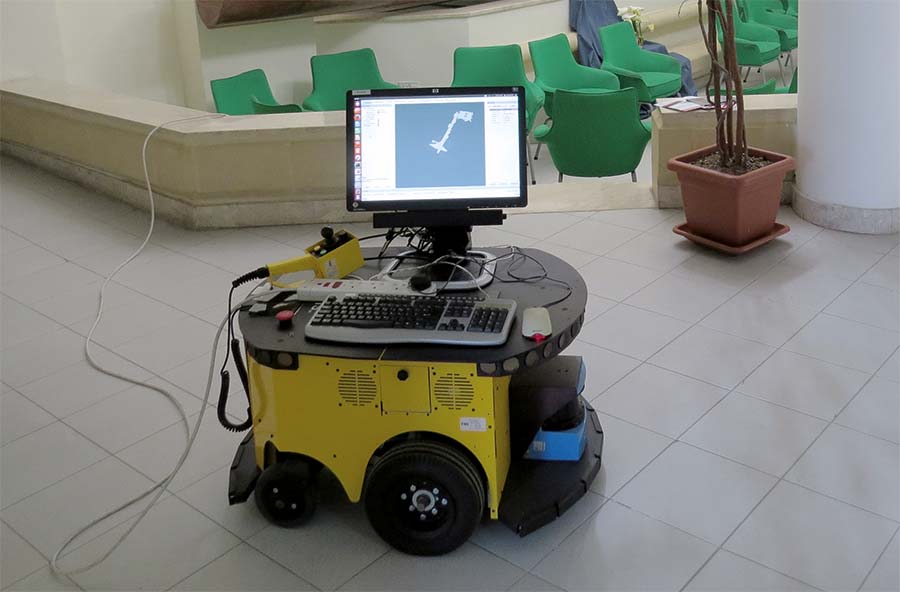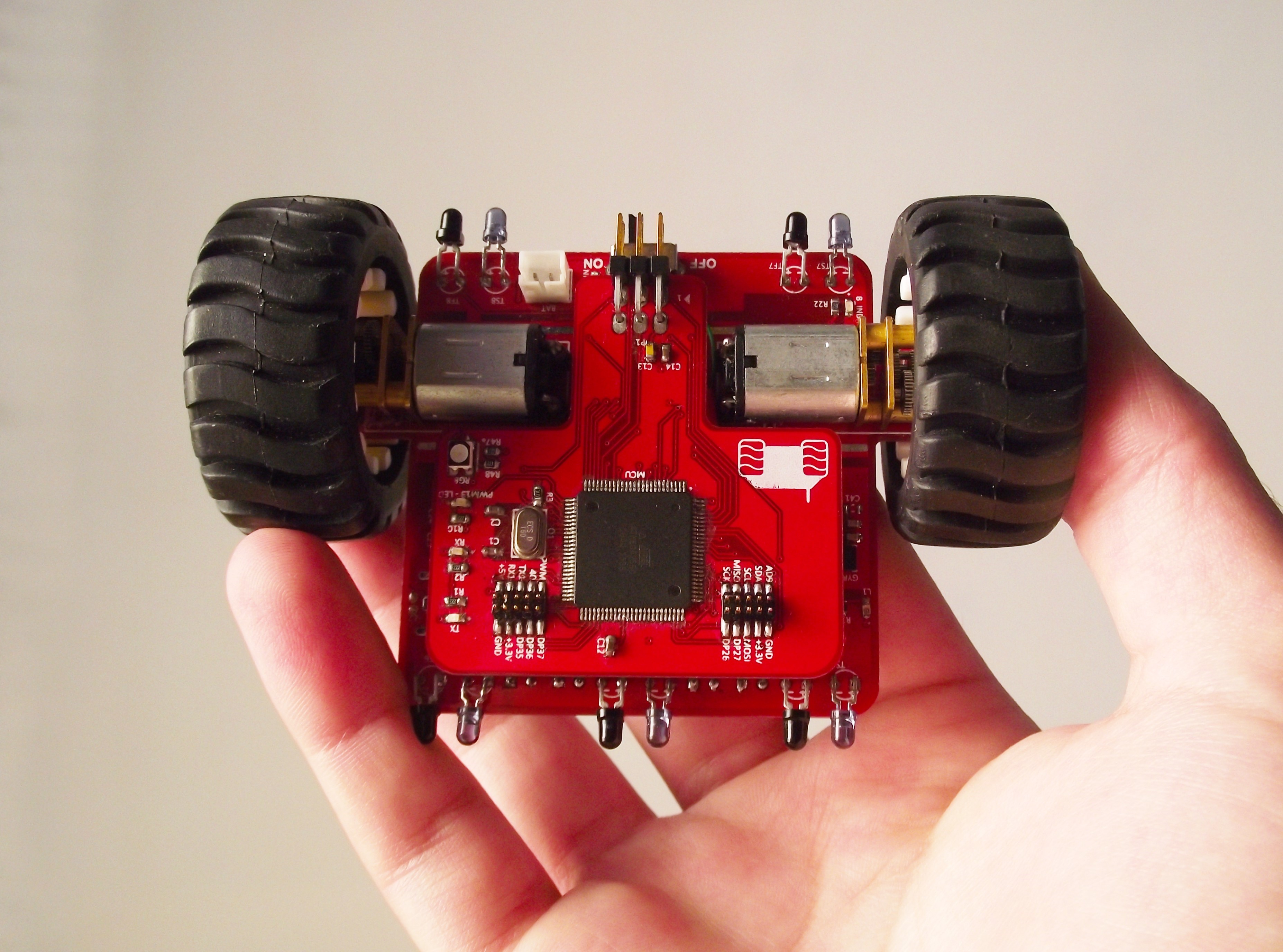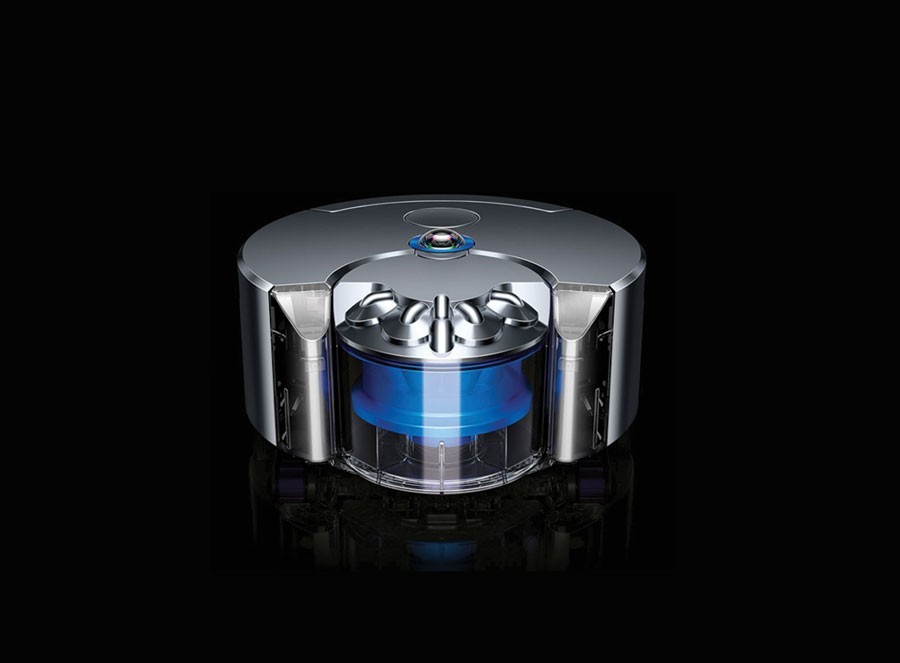Automating mundane tasks, incredible problem solving, and the wonder of creating smarter and smarter technology. What’s not to love about robots and AI? (Besides the whole losing our jobs thing). Check out our favourite 11 real-life AI and Robots below!
Continue readingFrom Iconic To Obscure, Here Are 11 AI And Robots In Films
Automating mundane tasks, incredible problem solving, and the wonder of creating smarter and smarter technology. What’s not to love about robots and AI? (Besides the whole losing our jobs thing). Check out our favourite 11 AI and robots in films below!
Continue readingRobot see, robot maps
by Rachael N. Darmanin
The term ‘robot’ tends to conjure up images of well-known metal characters like C-3P0, R2-D2, and WALL-E. The robotics research boom has in the end enabled the introduction of real robots into our homes, workspaces, and recreational places. The pop culture icons we loved have now been replaced with the likes of robot vacuums such as the Roomba and home-automated systems for smoke detectors, or WIFI-enabled thermostats, such as the Nest. Nonetheless, building a fully autonomous mobile robot is still a momentous task. In order to purposefully travel around its environment, a mobile robot has to answer the questions ‘where am I?’, ‘where should I go next?’ and ‘how am I going to get there?’
Like humans, mobile robots must have some awareness of their surroundings in order to carry out tasks autonomously. A map comes in handy for humans. A robot could build the map itself while exploring an unknown environment—this is a process called Simultaneous Localisation and Mapping (SLAM). For the robot to decide which location to explore next, however, an exploration strategy would need to be devised, and the path planner would guide the robot to navigate to the next location, which increases the map’s size.

Rachael Darmanin (supervised by Dr Ing. Marvin Bugeja), used a software framework called Robot Operating System (ROS) to develop a robot system that can explore and map an unknown environment on its own. Darmanin used a differential-drive-wheeled mobile robot, dubbed PowerBot, equipped with a laser scanner (LIDAR) and wheel encoders. The algorithms responsible for localising the robot analyse the sensors’ data and construct the map. In her experiments, Darmanin implemented two different exploration strategies, the Nearest Frontier and the Next Best View, on the same system to map the Control Systems Engineering Laboratory. Each experiment ran for approximately two minutes until the robot finished its exploration and produced a map of its surroundings. This was then compared to a map of the environment to evaluate the robot’s mapping accuracy. The Next Best View approach generated the most accurate maps.
Mobile robots with autonomous exploration and mapping capabilities have massive relevance to society. They can aid hazardous exploration, like nuclear disasters, or access uncharted archaeological sites. They could also help in search and rescue operations where they would be used to navigate in disaster-stricken environments. For her doctorate, Darmanin is now looking into how multiple robots can work together to survey a large area—with a few other solutions in between.
This research was carried out as part of a Master of Science in Engineering, Faculty of Engineering, University of Malta. It was funded by the Master it! Scholarship Scheme (Malta). This scholarship is part-financed by the European Union European Social Fund (ESF) under Operational Programme II Cohesion Policy 2007–2013, Empowering People for More Jobs and a Better Quality Of Life.
Politics, policy and risky business
As a child, Prof. Noellie Brockdorff was fascinated by the robots that inhabited the world of Isaac Asimov’s novels. She wanted to know why humans are different to robots. So why are human beings not perfectly rational creatures like robots? Dr Claude Bajada finds out more.
Robots in the Classroom
Reuben Ferrante, a University of Malta Engineering graduate and founder of eeRoot, has developed a small robot called eeMod. eeMods are built from only two modules stacked on top of each other. The bottom module is a ‘sensor hub’ that can sense the environment around it. It does so through connections (wifi, bluetooth, USB, microSD card slot), several sensors (gyroscope, accelerometer, light sensors), and a bit more wizardry. The second module is the controller, or brain. Its programmable controller is entirely compatible with the Arduino platform—a standard used worldwide. A set of wheels let’s the eeMod zip around.
Because the robot’s brain is empty by default, it can be hooked up to a computer to upload data. eeMods understand complex instructions and can utilise their senses to act accordingly. Users can start programming by using a very simple Arduino compatible drag and drop interface, and later make the transition to writing their own code. Having all that technology in one sleek package is one of the their unique selling points. Although eeMods were originally designed to streamline the scientific workflow in robotics, it is receiving a lot of attention from educational institutions. The robot’s simplicity allows it to be uses in schools giving children early insight into robotics. Ferrante has received multiple requests to provide a syllabus paired to the eeMods and tailored to Malta’s educational system.
Sphero is another miniature classroom robot, but looks very different from an eeMod. The company SPRK provides a near indestructible ball that can move around via various motors at its core. Recently the developers made it possible to programme Sphero through a smartphone app. For some quick fun the ball can also be remote controlled using the same app. It can move across all kinds of surfaces, and even through water—the perfect classroom bot.
The robots approach education from different angles and target different age groups. eeMods are the perfect device to delve into the technology behind robotics and learn programming algorithms early, while Sphero is a nice toy to play around with, enabling even technophobe people to experience the miracle that robots are.
With an increasing presence in everyday life robots are here to stay, in one form or the other. Allowing children to get familiar with the technology early helps teach lifelong skills and inspire them for the rest of their life.
For more information visit the official eeRoots website.
This article first appeared in ‘Sounds of Science’ in the Times of Malta, May 22 2016.
Robots: science fiction to science fact
Dr Ing. Raphael Grech writes about his love affair with the robot world from Wall-E to the MIT Lincoln Laboratory in the USA
Will robots take over the world?
Unlikely, for the next 100 years. Academics and sci-fi writers take three rough approaches. We will become one with the bots by integrating computers into our body achieving the next stage of evolution. Or, robots will become so powerful so quickly that we’ll become their slaves, helpless to stop them — think the Matrix. Or, robots have certain technological hurdles that will take ages to overcome.
Let’s analyse those hurdles. Computing power: no problem. Manufacturing expense: no problem. Artificial intelligence: could take decades, but we are already mapping and replicating the human brain through computers. Energy: very difficult to power such energy-hungry devices in a mobile way; battery or portable energy generation has a long way to go. The desire to enslave humanity: would require Asmiov’s trick or a mad computer scientist to programme it into the bot’s code. Conclusion: unlikely, sleep easy tonight.

